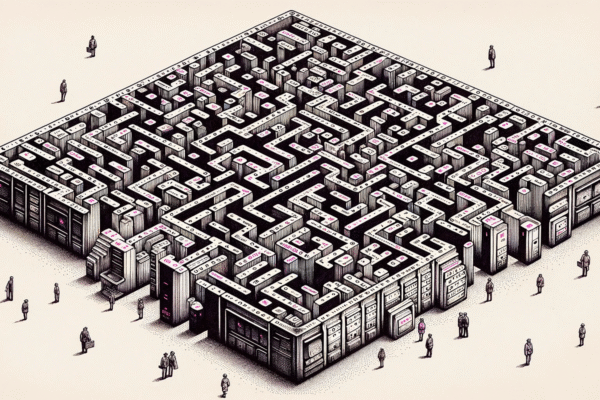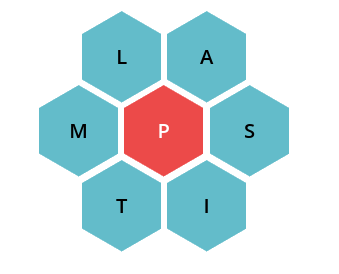

Gaza Israel Today Update War

The ongoing conflict between Gaza and Israel continues to dominate global news headlines, as tensions between the two regions escalate. The situation, marked by violence, political tension, and international concerns, has captured the attention of governments, media, and humanitarian organizations. In this article, we will provide a comprehensive update on the current war, explore the history behind the Gaza-Israel conflict, and discuss the humanitarian crisis unfolding today.
Understanding the Gaza-Israel Conflict
The conflict between Gaza and Israel is deeply rooted in a complex and tumultuous history. Gaza, a small strip of land located along the eastern coast of the Mediterranean Sea, has long been at the center of territorial disputes between Israelis and Palestinians. The modern conflict can be traced back to the early 20th century, with the establishment of the State of Israel in 1948 being a major turning point.
Following Israel’s creation, millions of Palestinians were displaced, many of whom sought refuge in Gaza. This led to tensions between the Jewish and Palestinian populations. Over the decades, the conflict has been fueled by issues such as land disputes, control over religious sites, and the broader Israeli-Palestinian question. In recent years, Gaza has been governed by the militant group Hamas, which has engaged in numerous clashes with Israeli forces.
Today, the situation has escalated into a full-blown conflict, with both sides exchanging rocket fire, resulting in civilian casualties and widespread destruction.
Gaza Israel Today Update: The Current Situation
As of today, the war between Gaza and Israel shows no signs of abating. The Israeli Defense Forces (IDF) have launched airstrikes on Gaza in response to rocket attacks from Hamas. In turn, Hamas has continued to fire rockets into Israeli territory, targeting civilian areas. This exchange of fire has caused significant destruction and loss of life on both sides.
Israel’s military has stated that their goal is to neutralize Hamas’s military capabilities, particularly their rocket-launching infrastructure. However, many of the targets hit by Israeli airstrikes are located in densely populated areas of Gaza, leading to civilian casualties and damage to homes, schools, and hospitals.
The international community has called for a ceasefire, but efforts to broker peace have so far been unsuccessful. With both sides refusing to back down, the situation remains highly volatile.
Key Players in the Conflict
To understand the ongoing conflict, it’s important to know the key players involved:
- Israel: The Israeli government, led by Prime Minister Benjamin Netanyahu, has taken a hardline approach in responding to Hamas’s attacks. The Israeli Defense Forces (IDF) are a highly trained and well-equipped military force, with a focus on neutralizing the threat posed by Hamas.
- Hamas: Hamas is a Palestinian militant group that has controlled Gaza since 2007. The group is classified as a terrorist organization by many Western countries, including the United States and the European Union. Hamas’s primary goal is to establish an Islamic state in Palestine, which includes the destruction of Israel. The group has been responsible for launching numerous rocket attacks against Israel over the years.
- The Palestinian Authority: The Palestinian Authority (PA) governs parts of the West Bank but has limited control in Gaza, where Hamas holds power. The PA, led by President Mahmoud Abbas, has called for international intervention to stop the violence.
- International Actors: Various countries and international organizations have called for peace talks and a ceasefire. The United States, Egypt, Qatar, and the United Nations are all attempting to mediate the conflict. However, their efforts have been met with limited success due to the deeply entrenched positions of both Israel and Hamas.
The Humanitarian Crisis in Gaza
One of the most pressing concerns surrounding the Gaza-Israel conflict is the humanitarian crisis unfolding in Gaza. The densely populated strip, home to nearly 2 million people, is facing severe shortages of essential supplies such as food, water, and medical care.
The Israeli airstrikes have caused significant damage to Gaza’s infrastructure, including power plants and water treatment facilities. Hospitals are overwhelmed with casualties, and many lack the necessary medical supplies to treat the injured. Additionally, the blockade imposed by Israel and Egypt has further restricted the flow of goods into Gaza, exacerbating the humanitarian situation.
The United Nations has warned that the situation in Gaza could deteriorate further if a ceasefire is not reached soon. The ongoing conflict has displaced thousands of people, with many seeking shelter in overcrowded schools and hospitals. Humanitarian organizations are working around the clock to provide aid, but the scale of the crisis is overwhelming.
International Response to the Gaza Israel Today War Update
The international community has reacted with deep concern to the escalating violence between Gaza and Israel. Many world leaders have called for an immediate ceasefire, urging both sides to de-escalate the situation and engage in dialogue. However, geopolitical interests and alliances have made it difficult for a unified international response.
The United States, a staunch ally of Israel, has expressed support for Israel’s right to defend itself against rocket attacks from Hamas. However, the U.S. has also called for measures to protect civilians and avoid further escalation.
European countries have also condemned the violence, with the European Union calling for both sides to respect international law and protect civilian lives. Middle Eastern countries, including Egypt and Qatar, have been actively involved in mediating ceasefire negotiations, though progress has been slow.
At the United Nations, discussions have centered on the need for immediate humanitarian assistance for Gaza and a long-term solution to the Israeli-Palestinian conflict. Despite these efforts, the situation on the ground remains dire, with no clear path to resolution in sight.
The Future of the Gaza-Israel Conflict
The future of the Gaza-Israel conflict is uncertain. While international pressure for a ceasefire is mounting, the deeply entrenched positions of both Israel and Hamas make a resolution difficult. Israel has made it clear that it will continue its military operations until Hamas’s capabilities are significantly diminished, while Hamas has vowed to continue its resistance.
The conflict also has broader implications for the Middle East as a whole. The ongoing violence risks destabilizing the region further, particularly if neighboring countries become more involved. Additionally, the humanitarian crisis in Gaza could worsen, leading to greater displacement and suffering for the civilian population.
Conclusion
The Gaza-Israel conflict is one of the most complex and long-standing conflicts in modern history. As of today, the situation remains highly volatile, with both sides engaged in active warfare. The humanitarian crisis in Gaza is worsening, and efforts to broker a ceasefire have so far been unsuccessful.
The international community must continue to push for dialogue and a peaceful resolution to the conflict. Without a lasting solution, the violence is likely to continue, causing further devastation for both Israelis and Palestinians.
This comprehensive update on the Gaza Israel today war situation highlights the urgent need for global attention, humanitarian aid, and sustained diplomatic efforts to end the cycle of violence.
4o

















